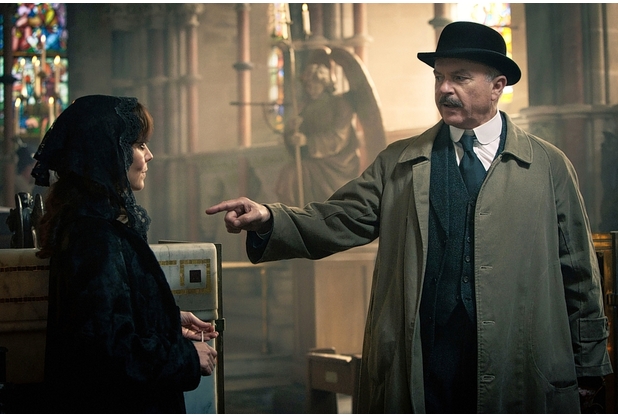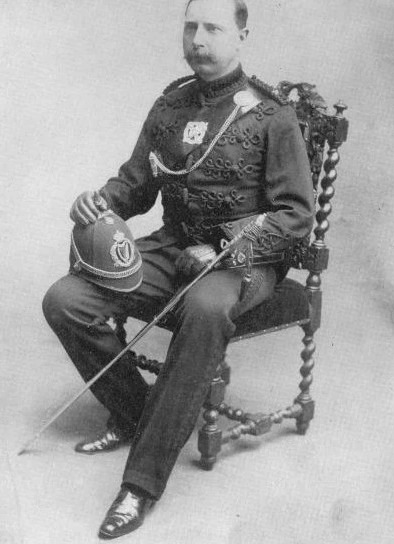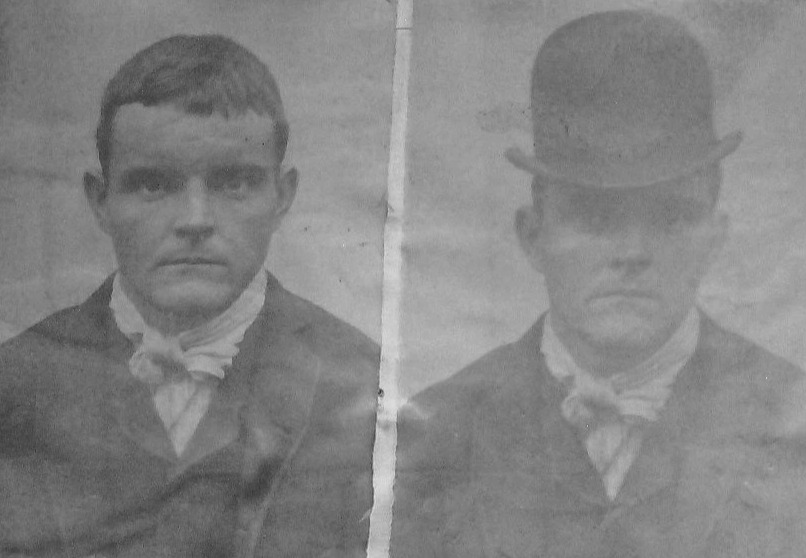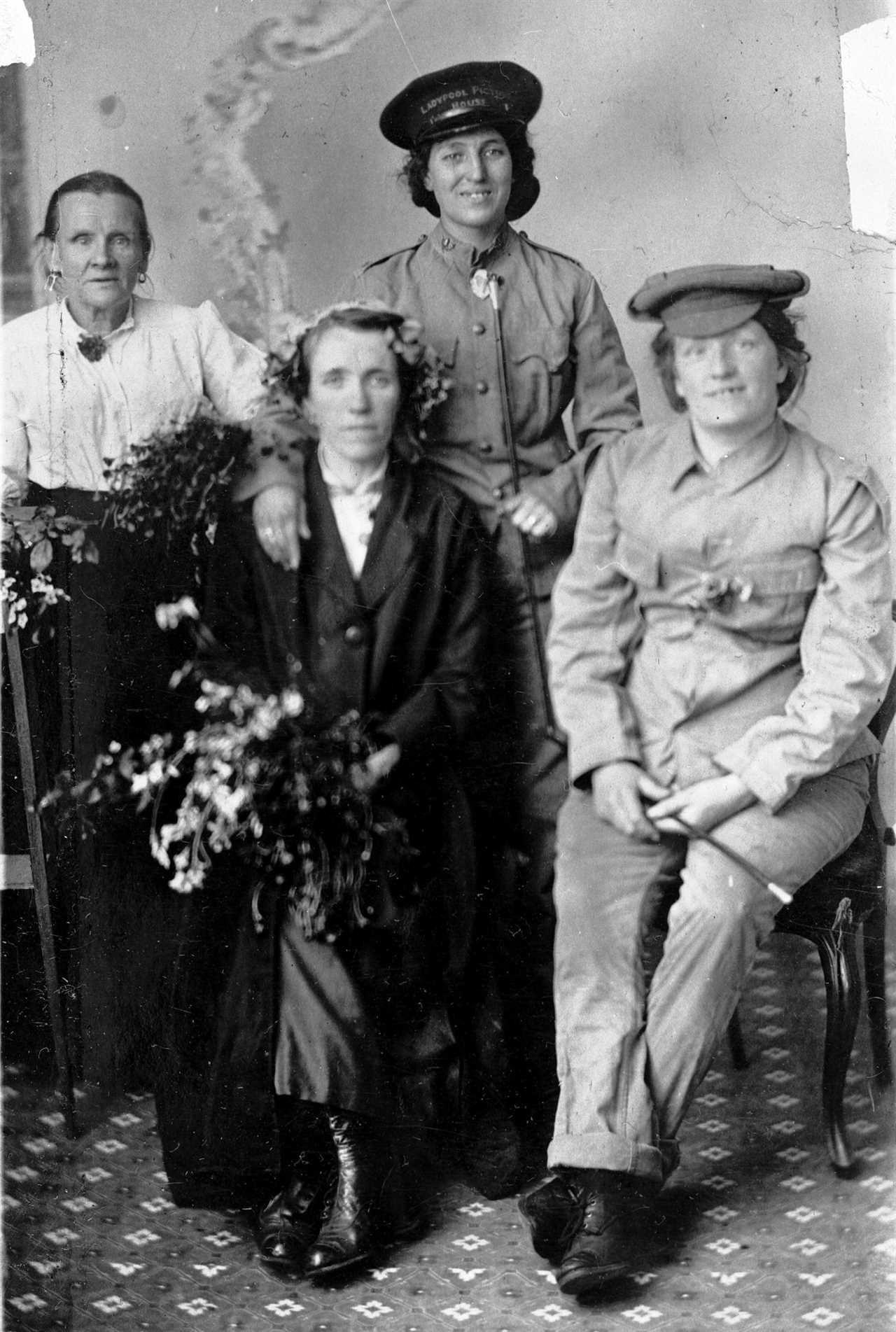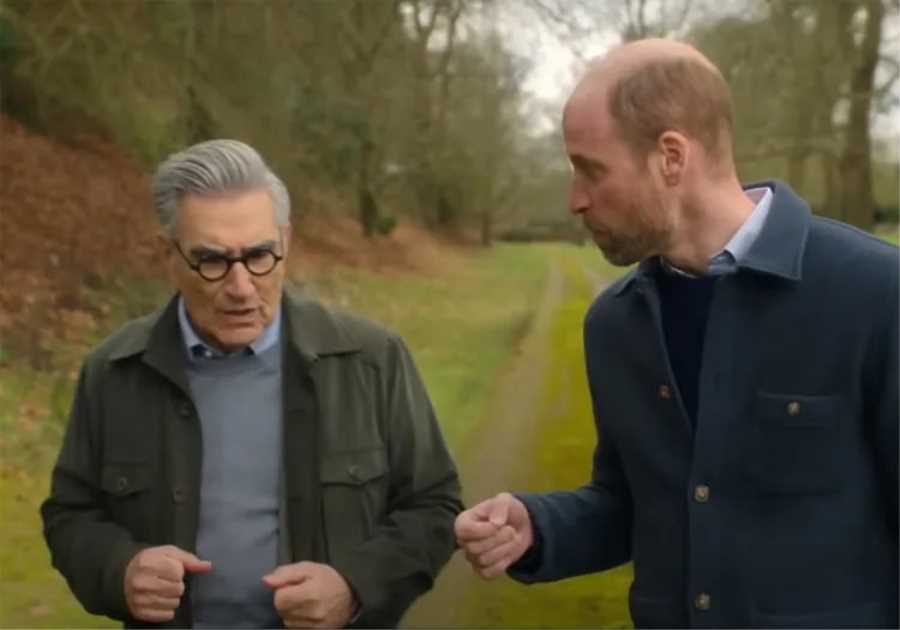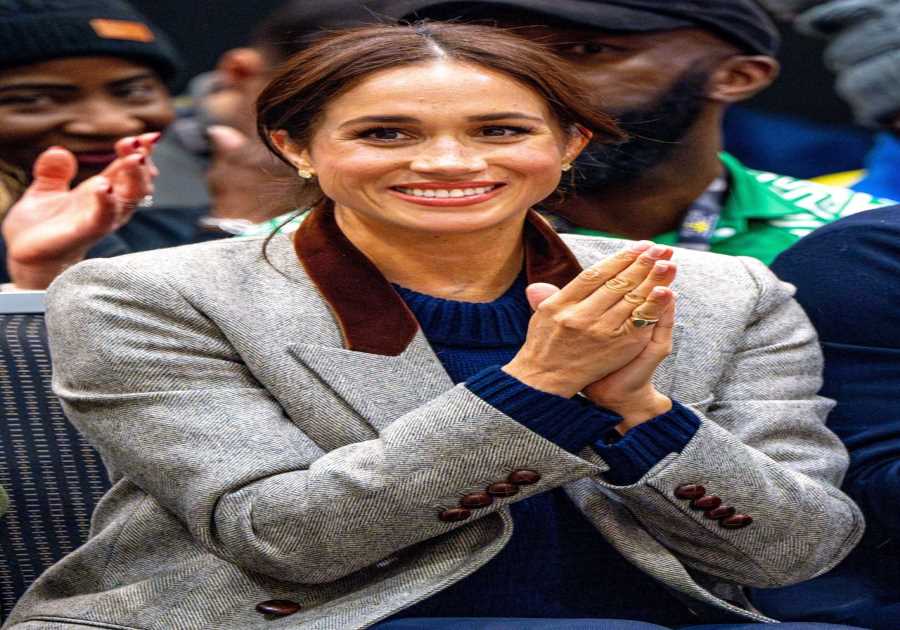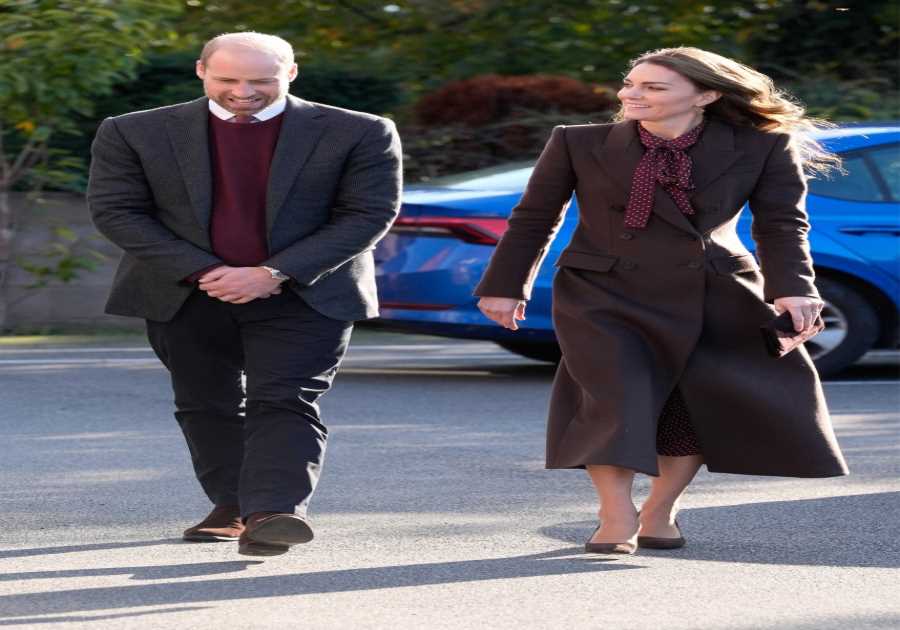THE Peaky Blinders are loveable rogues in the hit BBC series, but how much do they reflect reality?
Fictional family the Shelbys have earned a legion of fans throughout the past five seasons, going from petty criminals to wealthy crimelords with connections in Parliament – and the sixth and final series promises a climactic end.

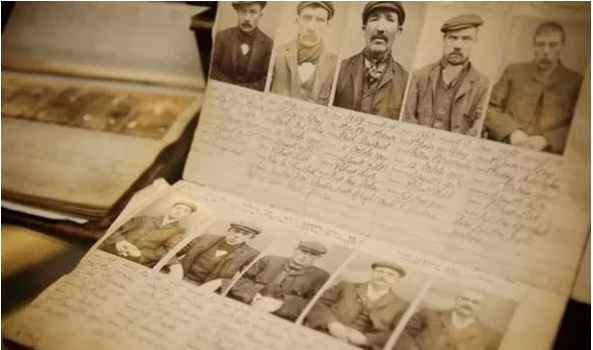
But Professor Carl Chinn, a Birmingham-based historian who wrote three books from 38 years of research, paints a very different picture of the Peaky Blinders to what we see on the telly.
He told The Celeb Report they weren’t lovable louts, but ruled the backstreets “with impunity” and “bedeviled the lives of the innocent poor they lived among”.
Here Carl separates fact from fiction, unveiling the grim reality behind the glamorous series.
Formed for money and notoriety
The show suggests the Peaky Blinders formed to earn money and notoriety – but Carl has another theory for the real-life gangs.
He believes they united to rebel against a “police crackdown on working class rough sports and gambling games”, after the “scared” middle classes complained.
Carl said: “This led to a retaliation by young groups of men, who fought back against police and formed the earliest slogging gangs.
“Those street gangs rapidly multiplied because working-class life was under attack, and fought to prove their ‘hardness’. Soon there were wars on the streets and they would defend their areas to the death.”
In the show, the Peaky Blinders were largely respected by the locals. At times Tommy Shelby – played by Cillian Murphy – is shown to take pity on the people and offer them protection.
But Carl says the real-life gangsters were despised and feared.
“They were not antiheroes or charismatic, they were vicious, vile men who committed horrific acts against their fellow working-class men,” he explained.
“In a Peaky Blinder gang’s favourite pub they would demand free drinks or smash it up and attack anyone who stood in their way.
“They never fought fair – they used smashed bricks, boots, stones. Their favourite weapon was a brass belt to slash people with.”
Fashion fallacy
In the show, Peaky Blinders appear to be fashionistas, with their flat caps and waistcoats, which inspired a new trend sported by the likes of David and Brooklyn Beckham.
However, Carl claims the gang actually wore a type of bowler hat called a billycock and couldn’t afford stylish well-fitted suits like their TV counterparts.
Instead they sported bell-bottom trousers wide at the knee and a silk scarf double knotted around the neck, called a choker.
“They also had a really closely cropped haircut to show off their scars as marks of honour and had a small quiff at the front” says Carl.
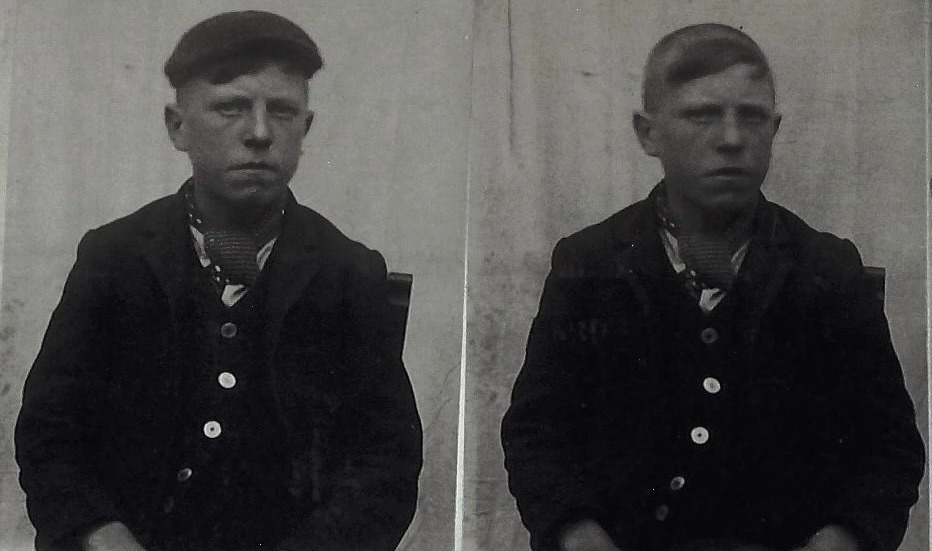
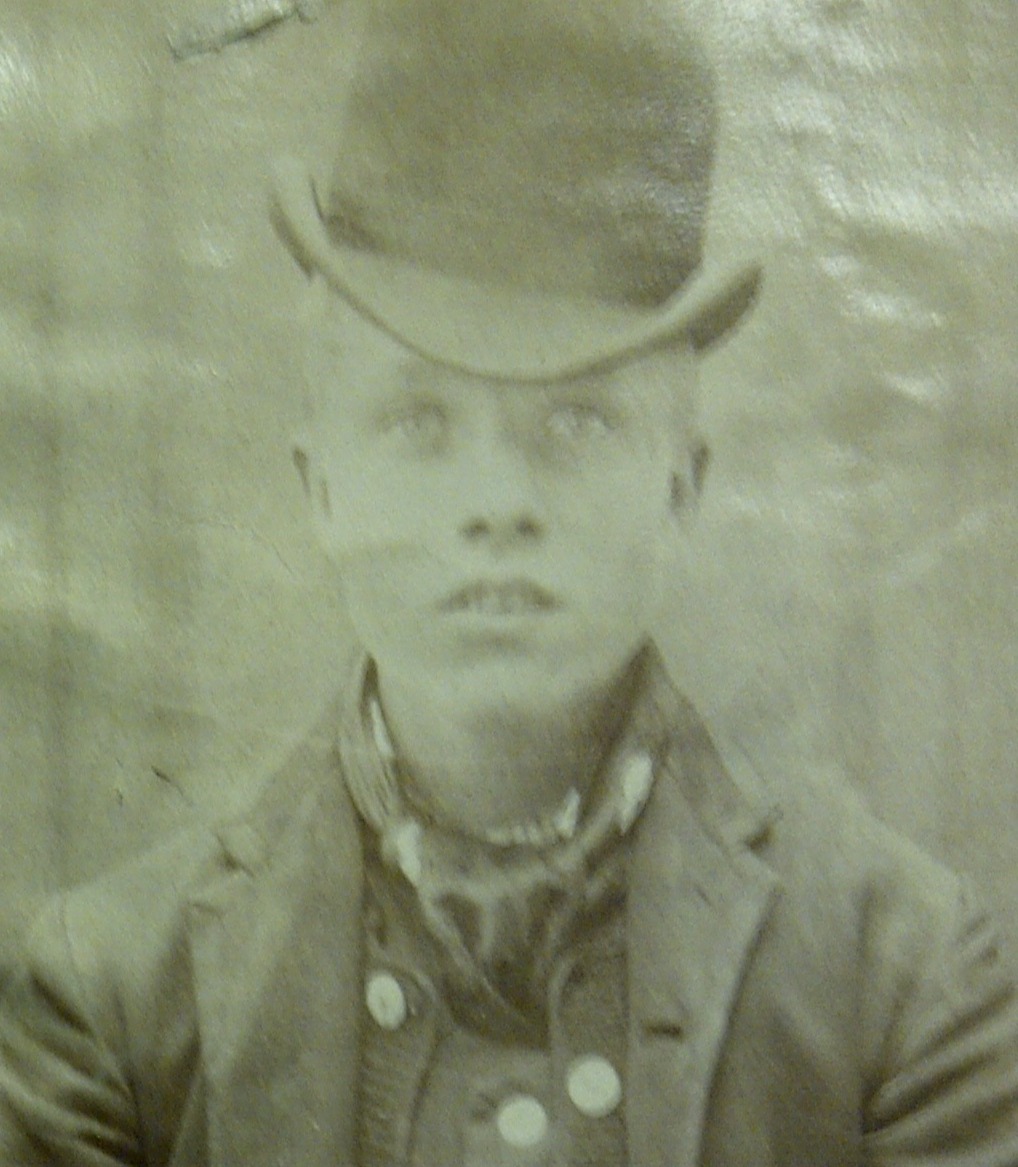
Razor blades in caps inspired name
A flat cap with razor blades sewn in the rim was the weapon of choice for a Peaky Blinder according to the show and was believed to have inspired the gang’s name.
But that too is a work of fiction according to Carl. He said: “Gillette didn’t sell disposable razor blades in any great number until the 20th century.
“The gangs were disappearing in Birmingham by then, and they would have been much too expensive for the poor – there’s no evidence of such a weapon ever being used.”
Carl explained that the gang’s name originated that the shape of their hat, which ‘blinded’ one eye, and a ‘peaky’ quiff on the other side.
The billycock’s unusual shape was made by holding the brim over a fire and then shaping it after.
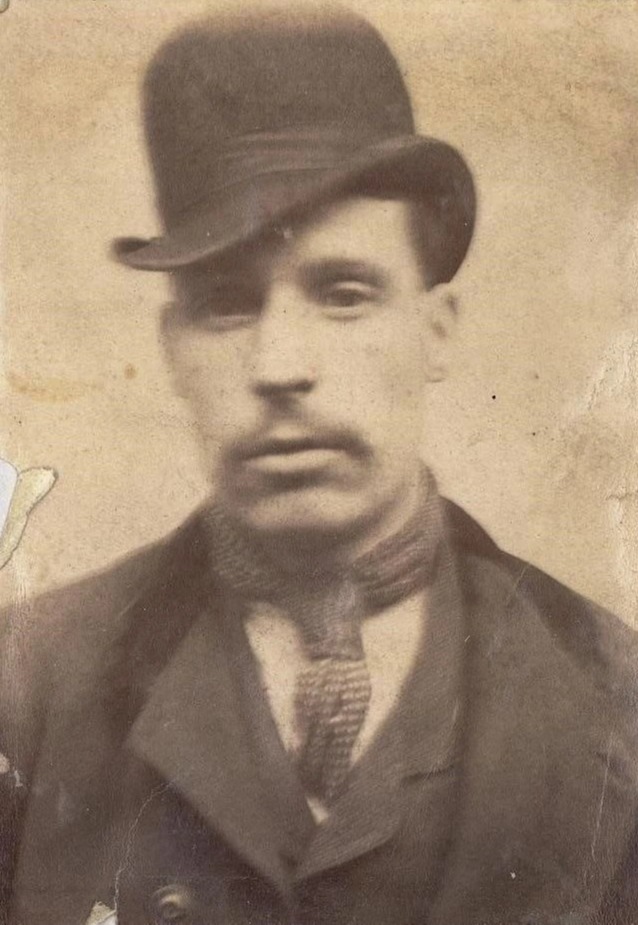
Peaky Blinders were one big gang
In the BBC show, there’s nothing the gang love saying more than ‘By order of the Peaky Blinders’ – but in reality, a Peaky Blinders gang never existed.
Carl explained that “peaky blinder” was a term used in a similar context to the word “yob” or “hooligan” today.
“They weren’t big gangsters either, they were petty criminals and thieves made up of numerous backstreet Birmingham groups,” said Carl.
The only individual to be officially branded a ‘peaky blinder’ was Henry Lightfoot, a hardened criminal born in 1873.
Carl believes he was the inspiration for Paul Anderson’s character Arthur Shelby.
He claims the Shelby family could have been inspired by real-life thugs John, Samuel and Joseph Sheldon.
They were ‘sloggers’ and “horrible, nasty men” active between the late 1800s and early 1900s.

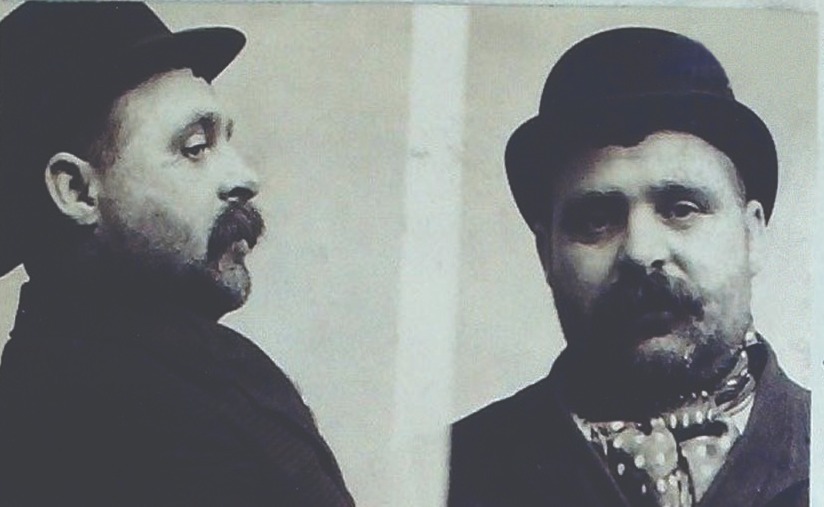
Fascist affiliation
Season one of Peaky Blinders kicked off at the end of WWI. Towards the end of season five, the gang failed to assassinate fascist leader Oswald Mosley.
But in reality, Carl says they were dwindling in numbers by then.
“The Peaky Blinders’ main reign of terror was during the late 19th century until just before the outbreak of the war,” he explained.
“They disappeared long before Mosley came along. And although many were antisemitic and extorted Jewish bookmakers, they never had any interest in politics.”
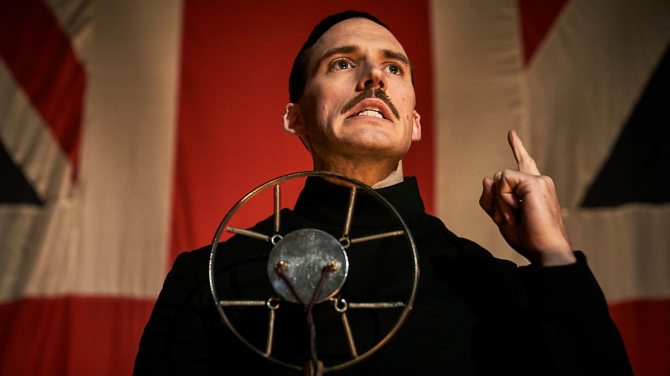
Traveller ties
Throughout the series, Tommy Shelby has often relied upon the traveller community for support and to pull off some of their more daring stunts.
However, Carl has found “no evidence” that any Romany gypsies were involved with the Peaky Blinders.
He said: “Sadly they were the most marginalised members of society in Birmingham and lived on land where industrial waste was dumped called the ‘black patch’.”

London connection
In season two, the Peaky Blinder boys caused a stir when they turned up at gangster Charles ‘Darby’ Sabini’s vivacious venue The Eden Club in London.
Punters were seen sipping fancy cocktails while beautiful women danced around men in the episode – but Carl says the real venue wasn’t anywhere near as grandiose.
“It was not a stylish nightclub, it was known as a speiler – the Yiddish word for an illegal gambling joint,” he said.
“There was no dancing or cocktails being served. Only men would have gone in and they would have been gangsters, bookmakers and legitimate businessmen.”
Sabini is one of the show’s few characters based on real historical figures but unlike his Italian TV counterpart, he did not have ties to the mafia.
But Carl explains that Sabini was known as ‘King of the racecourse gangs’ and was part of a group that led to the downfall of one of the Birmingham gangs.
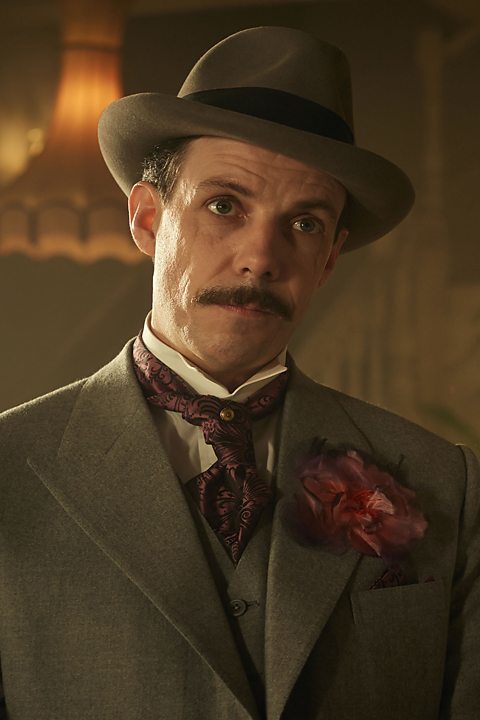
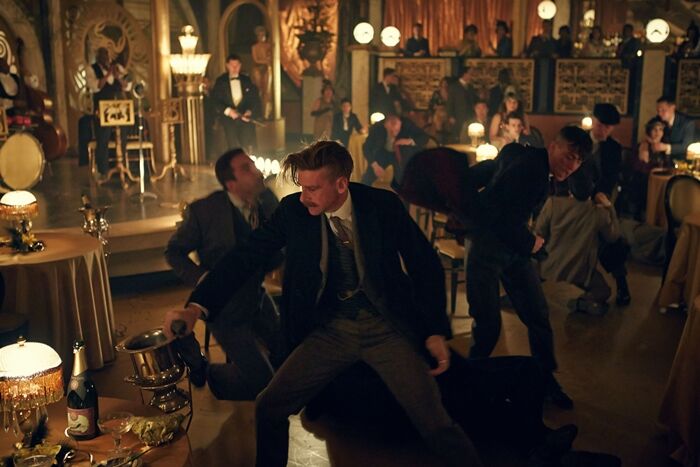
Real life characters
Like Sabini, another real-life gangster brought to life in the show is Billy Kimber.
The character – played by Charlie Creed-Miles – is a cockney, but Carl discovered he was actually “a big burly Brummie”.
Kimber united some of the small Birmingham gangs and had significant power after taking over multiple racecourse racquets.
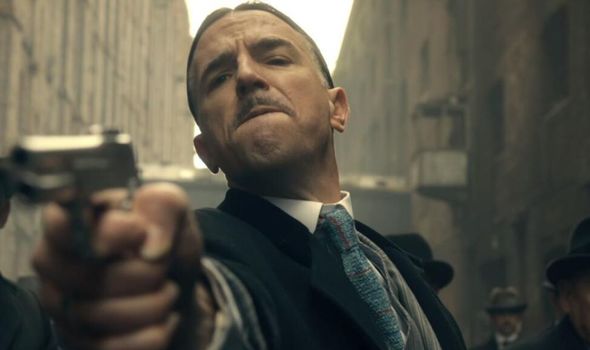
Carl also suspects Inspector Chester Campbell, played by Sam Neill, could have been inspired by real life constable Sir Charles Haughton Rafter.
Sir Charles, a Northern Irish police constable, was charged with sorting out the gangs in 1899, and was later knighted for his efforts in 1920.
He set about a radical recruitment drive, hiring up to 500 additional officers, and put pressure on the magistrates to convict more men and increase sentences for serious assault.
Carl said: “It gave enough confidence to the poorer people that they felt able to give evidence against Peaky Blinders – before they ruled the roost and intimidated witnesses.
“When Charles died in 1935, thousands gathered for his memorial at St Martin’s Cathedral.
“Also in the show, Inspect Campbell was a bigot but Charles was definitely not. He was respected by all, especially working class Brummies.”
Professor Carl Chinn released Peaky Blinders: The Aftermath last year and two other books, The Real Story and The Legacy, about the gangs, you can find them here.
